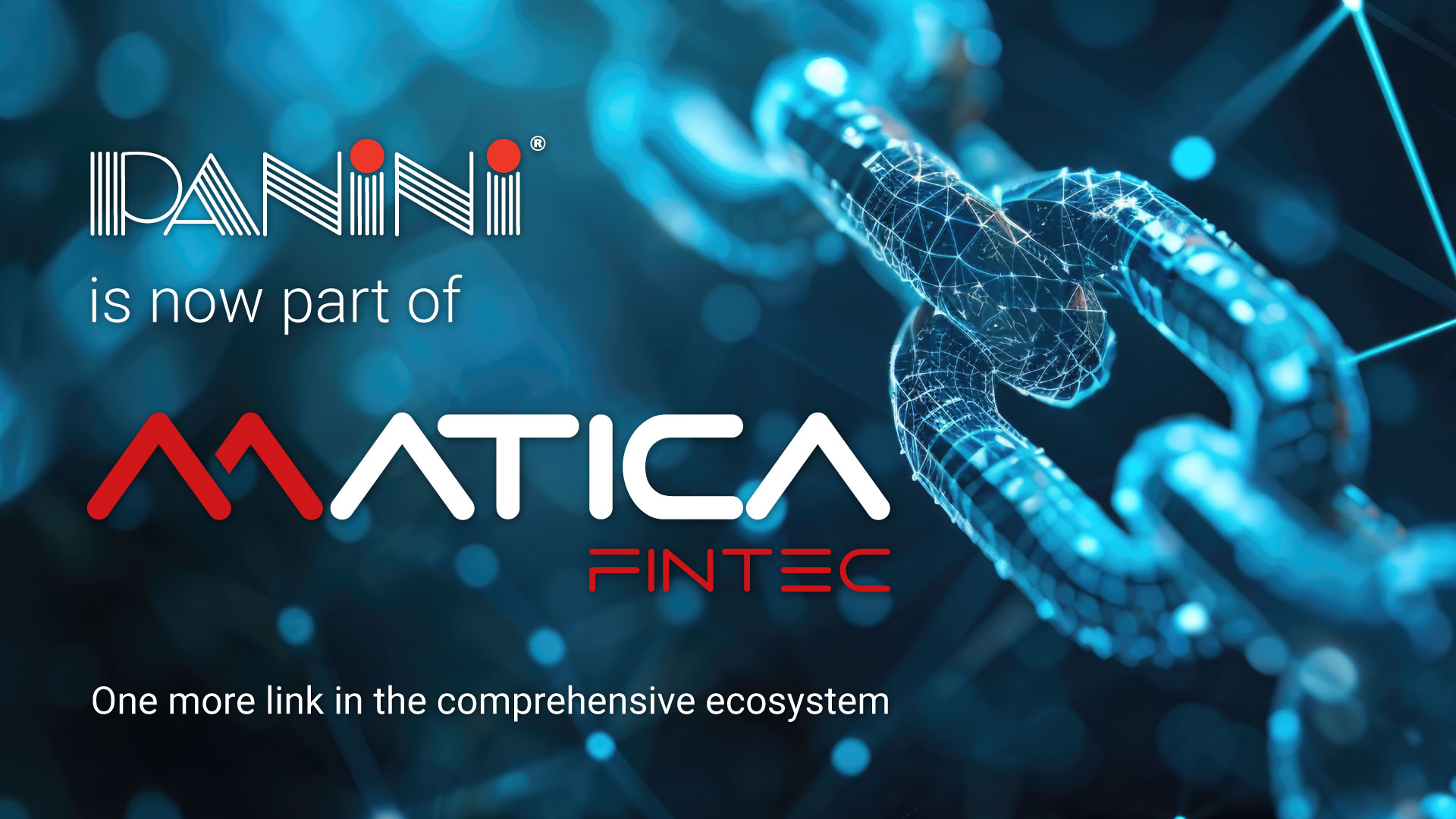Every day we interact with the digital world in an endless number of ways. From making online purchases to reading news, applying for jobs online, or using social media, to managing employees access to offices, access shared resources (e.g. printers, conference rooms…), or even when opening a bank account, our digital identity forms a key aspect of these interactions, both in the online and in the physical world. But what exactly is a digital identity?

Understanding Digital Identity: what is it?
Defining Digital Identity is not a very easy task, as National Institute of Standards and Technology (NIST) underlines in its Digital Identity guidelines. In fact, digital identity adapts to different contexts, complicating efforts to define it universally.
Nonetheless, the NIST provided the following definition:
Digital identity is the online persona of a subject. [...] Digital identity is the unique representation of a subject engaged in an online transaction.
Actually, digital identities are not used in the digital realm only. That's why this definition might not be comprehensive.
In fact, according to the World Bank, digital identity (digital ID) systems are:
central registries storing personal data in digital form and credentials that rely on digital, rather than physical, mechanisms to authenticate the identity of their holder.
Within the European context, the European Union has also defined digital identity as follows:
A digital identity is a digital representation of a natural or legal person. It lets you prove who you are during interactions and transactions. Attributes contain information about a subject. This can include details such as your legal name or date of birth, as well as details from other organisations, such as your professional qualifications, bank balance or medical history.
The Digital Identity Observatory of the Politecnico di Milano provides another definition of what Digital Identity is:
Digital identity is a set of data that uniquely identifies a person, company, or object. These data are collected, stored, and shared digitally within an ecosystem of actors and through enabling technologies. Digital identity allows access to value-added digital services.
To sum up, we could say that a digital identity is a collection of electronically stored info about an individual or an organization, mirroring an individual's real-world identity.
The importance of digital identity lies in its critical role in providing security, enabling inclusivity in the digital ecosystem, and fostering trust among users and service providers.
What are the key components of a digital identity?
Digital identity comprises unique attributes, credentials, or other distinguishing elements associated with those identities. Key components of a digital identity include personal identification information (like name, date of birth, social security number, biometrics), access credentials (like usernames, passwords), and digital certificates, which act as the online equivalent of different forms of physical ID.
Which are the most common identifiers?
Generally, the most common identifiers, meaning a set of attributes that allows an application domain to link the declared identity to a digital entity previously known to the system, can vary depending on the resources that we want to access. However, in general, the most common ones are the following:
- Personal information, e.g. name, last name, date of birth
- Social Security numbers
- Passport numbers
- Vaccination code
- Citizenship
- Biometric information
Why Digital Identity Matters more than ever
In today's highly interconnected world, the concept of digital identity is becoming a subject of intense debate, as it has been gaining importance both in the digital and physical realm.
In fact, as Morey J. Haber & Darran Rolls stated in Identity Attack Vectors (2022),
The implementation of our digital identities in the business world has become an essential prerequisite for doing even the basic tasks in most enterprises. Everything from walking into an office building and scanning a badge, to punching a time clock at a construction site requires identities, access, and privileges.
Digital identity goes beyond traditional methods by combining multiple authentication factors, such as knowledge-based authentication (KBA), possession-based authentication (PBA), and biometric authentication (BA).
Benefits of Digital Identity
So, now that we have analyzed what is digital identity and how it can be used, let's dive into the reasons why it's so important.
First and foremost, individuals and organizations need them to access and interact on digital platforms and physical spaces. In addition, among other benefits, digital identities are critical in:
- Enhancing Security: Digital identity significantly strengthens access control by employing multiple authentication factors and biometrics, making it extremely difficult for unauthorized individuals to gain access.
- Making a tailor-made User Experience: Digital identity provides a more convenient and personalized access experience, allowing individuals to access authorized areas seamlessly.
- Ensuring privacy
And last but not least, Identity verifications - powered by unique digital identities - can minimize instances of fraud and cyber threats.
In conclusion, the concept of Digital Identity is changing the way we engage with both public institutions and private companies, revolutionizing our interactions and, it goes without saying, they are here to stay.

Our Technology Assessment and Strategy Director Pierpaolo Bubbio tells us the pivotal role Italian companies—particularly Panini—played in the evolution of check truncation technology, culminating in their breakthrough into the U.S. market following the approval of the Check Clearing for the 21st Century Act (Check 21) in 2004.
Read moreIn the digital age, where online banking and mobile apps dominate the financial landscape, it’s easy to overlook why in-person banking still matters. However, for professionals working in the banking industry, the value of face-to-face interactions cannot be overstated.
Read moreBoth KYC and KYB are essential processes used by companies to verify the identities of their customers and reduce the risks related to financial crimes like fraud and money laundering. Though their goals are similar, understanding the difference between KYC and KYB is crucial for effective compliance and risk management.
Read more

